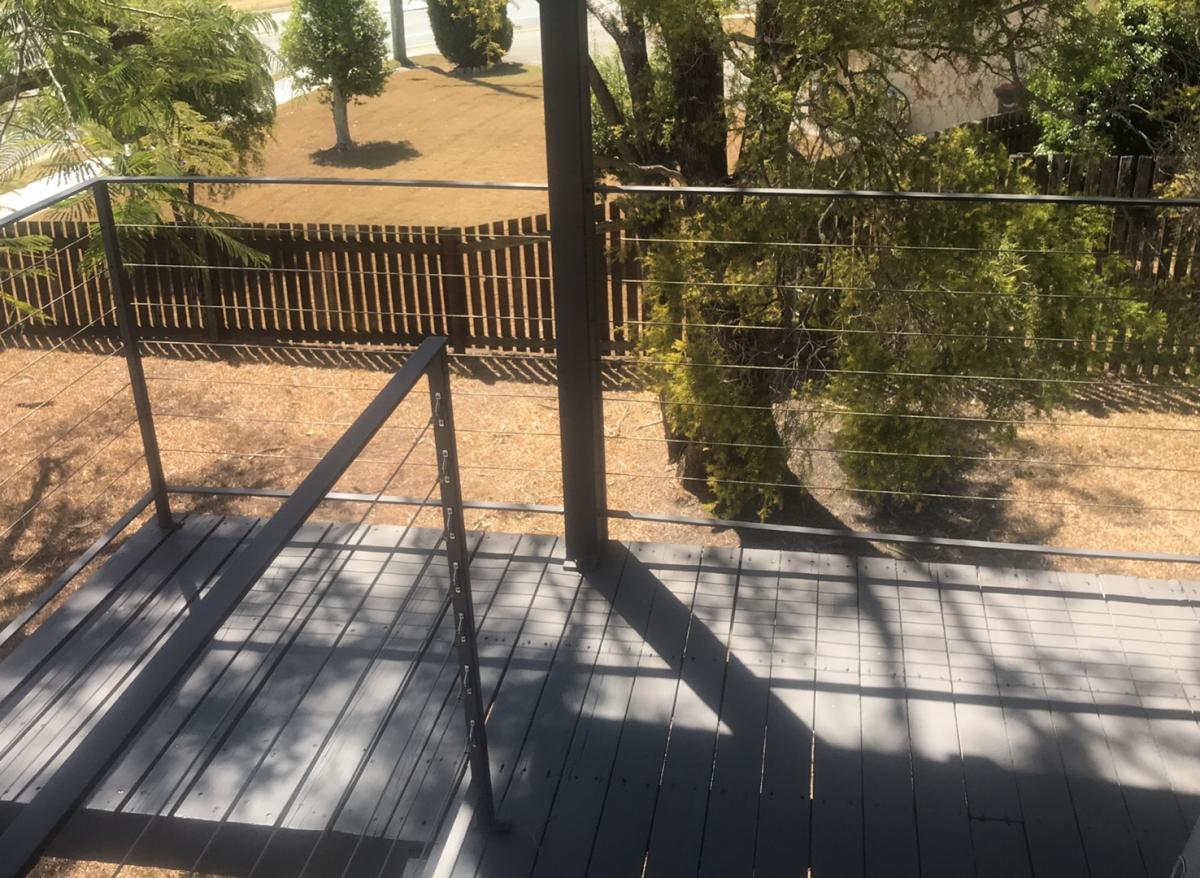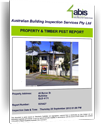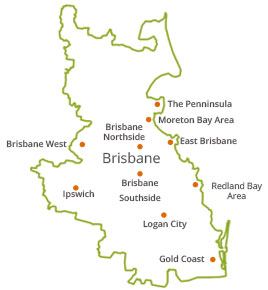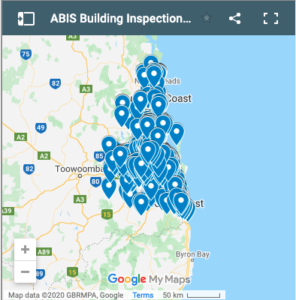Suspended Platforms

It is important that decks and balconies and other suspended platforms be checked regularly to ensure they are safe to use, and to detect any problems before they become serious.
Many older decks or balconies may not have been built to proper safety standards, using inappropriate timber that may be prone to rotting or collapse. Some may have even been built illegally.
It is recommended that annual inspections be carried out.
A routine check of the deck or balcony, regardless of its age, can also pick up on problems such as splitting timbers, warped timbers, loose or missing nails or screws, and surface problems such as moss.
As balconies and decks are safety critical, it is imperative that they are constructed according to Australian Standard 1684.2 which applies to the design and construction of Residential Timber Framed Constructions, have fully met all legislative requirements and approvals and that, as part of their ongoing maintenance, their structural integrity is regularly inspected by a licensed builder or structural engineer.
The following are some of the issues which should be taken into consideration:
- Some species of timber e.g. Oregon may not appropriate for external structures as it tends to be vulnerable to fungal decay, deformation and degradation with exposure to weather
- Compression or deformation of structural members may compromise their structural integrity
- Signs of timber decay e.g. timber softening should be monitored and structural soundness of all supporting beams and posts checked particularly from the underside. All timber should be kept well covered with paint and properly pre-primed to prevent timber exposure to moisture penetration.
- All connection points at the beams should be checked for soundness. Cut timber ends should have been primed before installation in external locations to prevent degradation. Timber generally rots where two pieces of timber join together and moisture accumulates. Similarly, all punched nail holes to external timbers should be adequately stopped with exterior filler to prevent moisture accumulation encouraging timber rot
- The structure should be properly fixed to the house
- The bases of timber posts should be checked for rot
- All metal fixtures such as bolts, screws and brackets should be monitored for corrosion.
- Painted finishes to steel work need to have been properly cleaned to remove all rust prior to the application of painted finishes as this will prevent corrosion
- Fixings at all connections throughout the handrail and balustrade works must be strong enough to accommodate possible in-service impact loads
- Posts need to be securely anchored into the ground, not just bolted into the paving
- Loose or unstable handrails or balustrades need to be repaired or replaced if they are rotted and unstable as these can pose a serious safety hazard
- Overspanned handrails which will allow excessive and structurally unsound movement / deflection to occur will need to be rectified
- All finishes need to have been applied in accordance with the manufacturer’s recommendations to fully protect the structure
- Handrail height should not have been reduced to less than one metre high because of subsequent installation of the floor finishes
- The deck should be appropriately waterproofed and drained
If the structure leans, there is a problem
- It is important to thoroughly examine the structure’s underside. Rust stains on exposed steel reinforcing may be signs of a serious problem. Inadequate coating of galvanized steel members if left untreated in exposed locations or embedded in concrete finishes will result in corrosion
- The presence of cracking in concrete or spalling, where chunks of concrete are flaking off, may be a serious problem and needs to be inspected by an licensed builder of structural engineer
Any concerns should be assessed by a licensed structural engineer.
Various factors determine the construction of a balcony or deck:
Classification of the structure
Depending on the actual location of the handrail and balustrade connections within the building, they will need to be specified to have a particular level of resistance. This level of resistance will vary depending on whether the works are internal or external.
Fixings and connectors
Airborne salts in coastal regions, industrial environments and weather exposed positions
provide highly corrosive situations. All metal connections will need to be selected on the basis that they will be fit for purpose and compatible with the handrail / balustrade material. The connections which include all screws, nails, bolts and brackets are to be specified with a specific level of corrosion protection to avoid premature breakdown due to exposure and/or corrosive reaction due to incompatibility with the base materials.
Durability
The raw materials used within the handrails and balustrades will need to be selected to provide a suitable level of durability depending upon the proposed location of the works. Not all timber species are suitable for exterior works. Numerous finishes are available for metal products and they need to be provided with a protection level class which is appropriate for the proposed location such as hot dipped zinc coated or aluminium/zinc coatings, stainless steel, aluminium or applied paint finishes in accordance with manufacturers’ recommendations.
Glazing as a balustrade needs to comply with AS 1288:2006 Glass in Buildings -Selection and Installation which will be referenced in the BCA.
Spans and structural properties
The materials used within handrail and balustrade construction have physical limitations
that should not be exceeded. As the span of the handrail and balustrade sections increase, they will be exposed to ever increasing levels of flexure within the member sections and connection points. Degradation of the connections will occur and total failure of the member sections is possible under normal impact loads. Members and components should be adequately sized to accommodate the design impact loads for the proposed works.
Detailing and finishing
When finishes are subsequently applied to handrail and balustrade materials they should be provided strictly in accordance with the manufacturer’s recommendations. Preparation is commonly not performed correctly and subsequent cosmetic failures are expensive to rectify. The BCA also provides specific tolerances that are to be adhered to with respect to handrail heights, climbable zones, baluster spacings and platform levels.
Joist Protection
Water damage is a concern with any balcony or deck, especially if the water penetrates the joists, causing fungal decay. Joist protection systems are specifically designed for use in outdoor areas to ensure the longevity of joists. The most important purpose of a joist protection system is to eliminate the most common cause of deck failure – the rot migration between the joist and the underside of a plank. It completely eliminates wood to wood contact.
It is commonly assumed that the roof is adequate protection for outdoor structures against the weather. This is not true. The outer edges are still exposed and storms and other bad weather not to mention regular cleaning can cause the entire deck or balcony to become saturated. Joist protection systems are designed to protect and extend the life span of timber floor joists in all outdoor structures.
However, the first thing that should be done to protect joists is to ensure that the decking boards are laid with the ribbed face down. This will allow water to drain away. Joist protection systems normally consist of a strip of flashing laid over the top edge of the joist. This flashing may be bitumen coated aluminium foil, a plastic product, or rubber-surfaced materials. It comes in rolls of varying lengths, and is simply fastened to the joist using nails or another advised fastening method.




